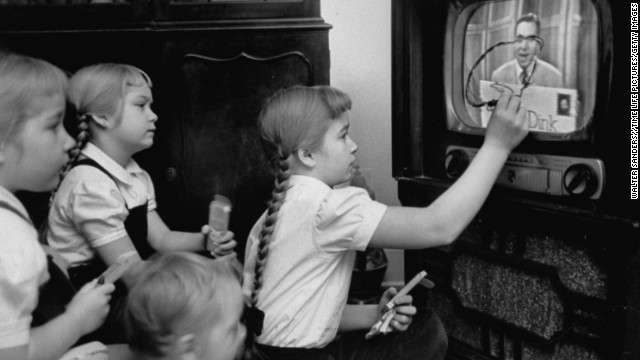
We often discuss current issues on this blog, but it’s important to remember our roots. Sometimes when you look back at history, it can inspire ideas for the future. At the very least, you’ll learn something. This week, we’ll cover the 1950s.
The 1950s were an exciting time. Sinatra, Elvis… “Some Like It Hot”. The 1950s were considered both The Golden Era of 3D Cinematography and the Golden Age of Television. With the war ending and families being reunited, a huge increase in population erupted: The Baby Boom. In 1952 alone, 3.9 million babies were born and an average of 4 million babies were born every year after that. Advertisers saw this as an opportunity to address consumer needs and desires, particularly those of women. Need to lose that baby weight? The 1950s is where the obsession of body image and weight came into play. Women would buy any- and everything if it would help them stay slim; they were obsessed with dieting. Advertisers began promoting bath salts, suction cups, candy and even belts – all the things that were sure to help women keep their slim, sexy figures.
The rise of targeting specific demographics started in this decade. Teenagers, who were forming their own subculture for the first time ever, were seen as a lucrative demographic to target due to the fact that they had disposable incomes and an influence over parental spending habits. They were regular consumers of food, music, and of course – TV.
By 1951, regular TV programming reached the West Coast, establishing national coverage. TV became the driving force for advertising. Some memorable TV spots during this time period were for Alka-Seltzer, Ajax, and Frosted Flakes. Anacin really took the leap into TV advertising and showed how beneficial it could truly be. Their main advertising tactic was repetition; they consistently repeated the phrase “fast, fast, fast relief”. With this tactic, Anacin’s sales increased significantly.
Many agencies began using motivational research to help advertisers influence their consumers based on their need for safety, sex, belonging, and success. They used psychological tools to examine their spending habits. They created personalities that the everyday consumer could relate to or aspire to become: The Marlboro Man, Maidenform Woman, The Hathaway Shirt Man. Product personification became a prominent tactic.
Advertising, in any age, is largely shaped by the cultural, social, and political environment that surrounds it. Here are a few events – both major and minor – that had a huge influence on daily life throughout the 50s.
1950 – First organ transplant
1951 – Color TV was born
1952 – Seat belts are introduced
1953 – DNA is discovered
1954 – Report says cigarettes cause cancer
1955 – Disneyland opens; McDonald’s is founded
1956 – Remote control is invented
1957 – Sputnik launches in space
1958 – NASA founded
1959 – Castro becomes dictator of Cuba